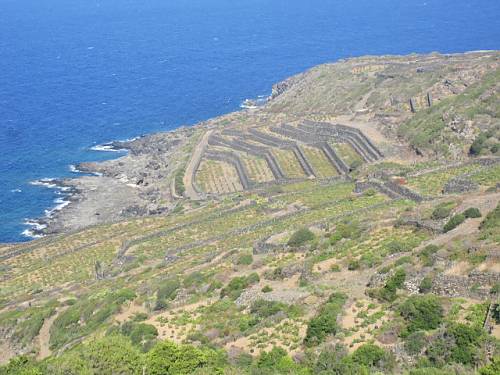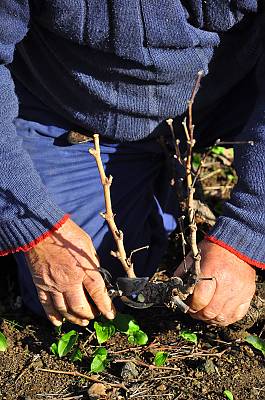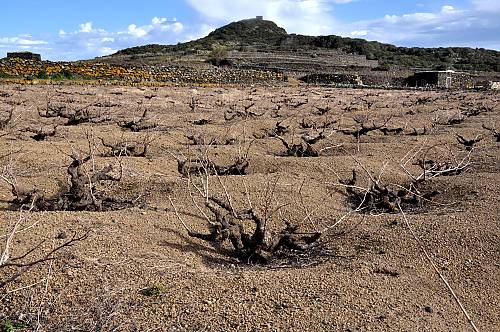Traditional agricultural practice of cultivating the ‘vite ad alberello’ (head-trained bush vines) of the community of Pantelleria
Inscribed in 2014 (9.COM) on the Representative List of the Intangible Cultural Heritage of Humanity
The traditional practice of cultivating head-trained bush vines (vite ad alberello) is transmitted through generations of vine growers and farmers of the Mediterranean island of Pantelleria. About 5,000 inhabitants own a plot of land, which they cultivate using sustainable methods. The technique consists of several phases. The ground is prepared by levelling the soil and digging a hollow to plant the vine. The main stem of the vine is then carefully pruned to produce six branches, forming a bush with a radial arrangement. The hollow is constantly reshaped to ensure the plant is growing in the right microclimate. The wine grapes are then harvested by hand during a ritual event starting at the end of July. The vine-growers and farmers of Pantelleria, male and female, practice vite ad alberello under harsh climatic conditions. The knowledge and skills of bearers and practitioners are handed down in families through oral and practical instruction in the local dialect. In addition, rituals and festivals organized between July and September allow the local community to share this social practice. The people of Pantelleria continue to identify themselves with vine growing and strive to preserve this practice.




















